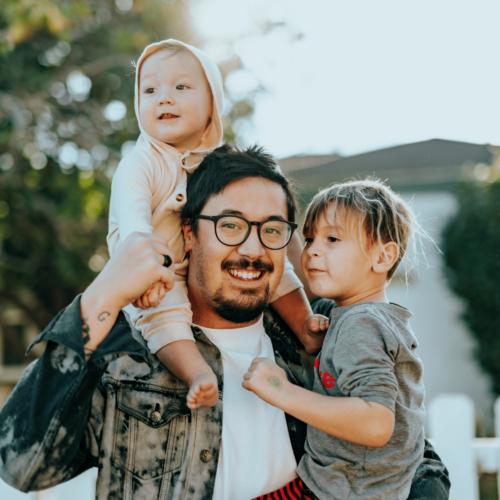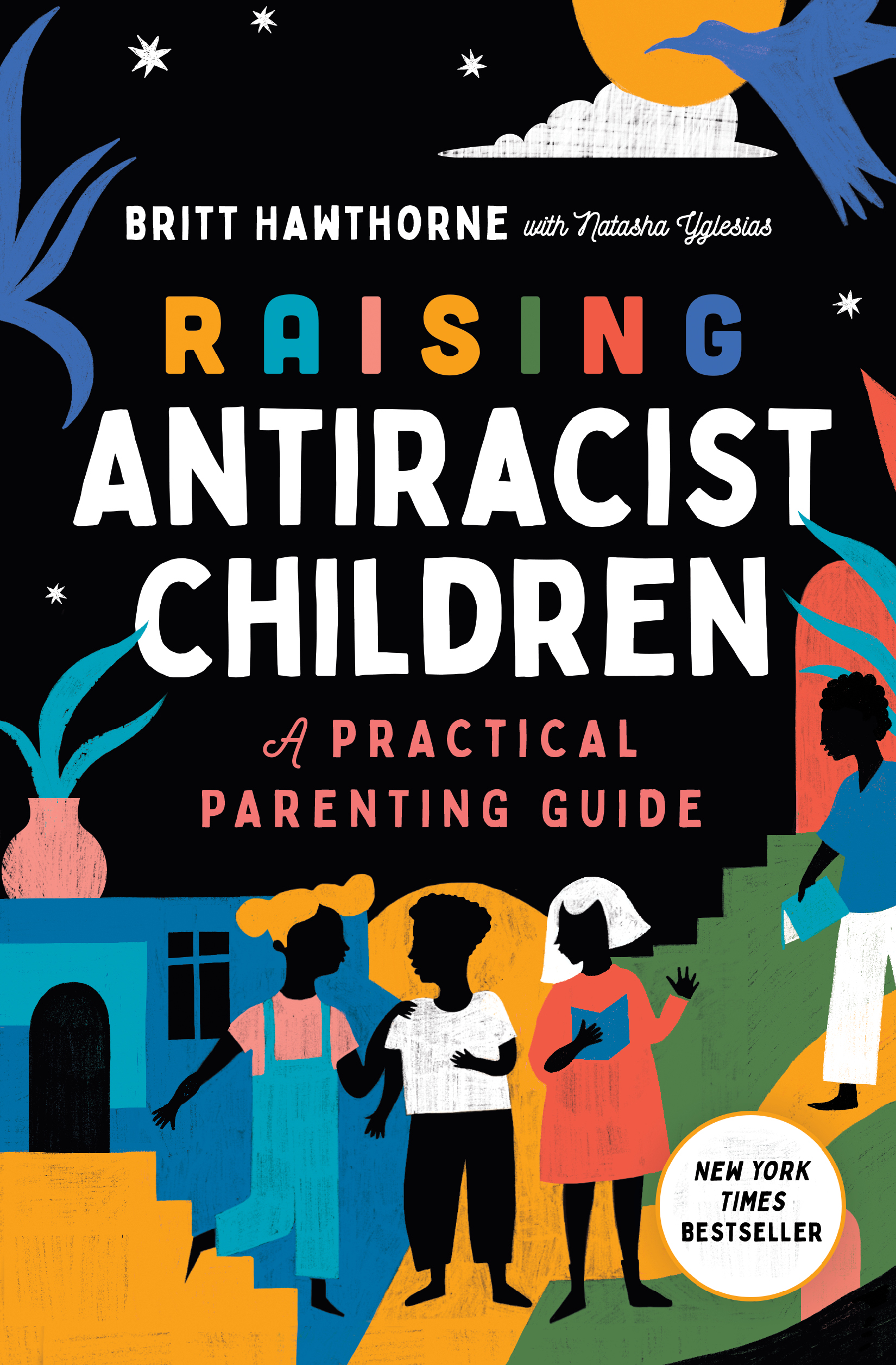Throughout the day, children may be faced with moments where they may feel excluded, disrespected, or unsafe. These moments, while stressful, are opportunities for a child to practice advocating for themselves. From teaching young children how to handle conflicts at the playground to empowering adolescents to respond with curiosity, I’ll cover a range of self-advocacy phrases in this article. Keep reading to learn how to equip your children with important communication skills and help them navigate different situations with self-advocacy phrases.
Self-Advocacy Phrases To Teach Your Children
1. For Conversations & Interrupting
Scenario: A child is speaking with another child and is interrupted midway through a sentence.
Say: “What I have to say is just as important as what you have to say. Please don’t take my turn.”
This phrase is constructive for children between 4 and 7 years old. It’s during this time that they learn how to engage in conversations with others and take turns speaking. They also discover that interrupting someone while they are talking is typically considered rude in our culture. Using this phrase reminds children that everyone’s opinions and thoughts are equally valuable (unless of course safety is an issue), and that one person’s viewpoint is no more important than another’s. Moreover, it empowers children who are interrupted by others to speak up for themselves and assert their right to be heard.
2. For Playground Conflict
Scenario: A child is at the playground or park and someone tries to cut in front of them on the line for the slide.
Say: “You may go when my turn is done.”
This phrase is a helpful way for children to advocate for themselves instead of resorting to pushing, shoving, or allowing the child to cut in front of them.
3. For Conflict Resolution
Scenario: A child clashes with another child or group. They have tried to resolve the issues, but no resolution has been made.
Say: “I’m getting an adult for help.”
This option is a great substitute for the phrase “I’m going to tell,” which implies that a child will tattle on another child or wants to get another child in trouble. This subtle change in language helps to avoid blame between children and focuses on the child’s intention to resolve the conflict faster with the help of an adult.
4. For Bullying or Gaslighting
Scenario: A child witnesses another child being bullied, gaslit, or misgendered.
Say: That’s not what she said. She said [blank] and I’m going to listen to her.*
This tactic is referred to as “echoing,” where a child echoes what the targeted person has already said to help them. If someone is being mistreated and is having trouble standing up for themselves, this phrase can help to empower that person and stand up against the person bullying them.
*Make sure to use the correct pronouns of the person being targeted, she/her/hers was used in this example.
5. For Responding To Exclusion
Scenario: A group of children are excluding someone because of their identity, experience, or appearance. This phrase does not apply if someone is being excluded because they are being mean.
Say: “That’s unfair because you’re leaving people out.”
Children can use a bonus phrase with this one: “I like to include people.”
6. For Safety
Scenario: When a child is confronted with unsafe behavior. For example, multiple children are trying to climb on one swing, a child wants to go to the bathroom with a friend, or a child wants to run with scissors.
Say: “Stop. We have a safety rule.”
This self-advocacy phrase is a great one to practice right from infancy. We can practice modeling things that we do, and explaining why we do them (for example, “because it keeps us safe”). When these scenarios come up in the child’s life, we can teach them to practice safety, and use the rational “because we have a safety rule.”
7. For Racism
Scenario: A child (aged 7 and up) hears or sees something that is racist.
Say: “That’s racist. Racism is when people of color are mistreated.”
This phrase is great because it creates an opportunity not only for a child to acknowledge and name the racism they are witnessing, but also to educate those around them about what racism is (if they don’t already know). For more information about how to talk about racism with your children, check out this resource.
8. For Bigoted or Racist Jokes
Scenario: An adolescent hears a joke, and knows it’s making fun of a group of people’s culture, language, or spiritual beliefs.
Say: “I don’t get it. Can you explain it to me?”
This is a great one for adolescent children, especially when they are experiencing a lot of jokes, not all of which they will know how to respond to. One way to interrupt a joke is by questioning it. Teenagers often feel pressure to laugh along or “get” a joke. But if teenagers just nod along and smile, or pretend to like a joke, it’s only making it harder for them to be their authentic selves. This phrase can be used in school settings, with friends, or in regular conversation. There is nothing wrong with admitting you don’t understand something, and doing so will create a more meaningful and honest connection and conversation.
Self-Advocacy Takes Practice
Now that you’re equipped with these self-advocacy phrases, the next step is to practice using them with your child. I recommend talking about each age-appropriate phrase with your child one by one. Talk through the various scenarios that can arise and how they can use the phrase. Say the phrase, and have your child say the phrase. With practice, these phrases will come more naturally to your children and they will have the confidence to say them whenever they will be helpful in their lives!
If you find these self-advocacy phrases helpful, consider buying me a cup of coffee! I’m Britt, and I create antiracist resources and tools for families. Your support keeps me going—and caffeinated!





